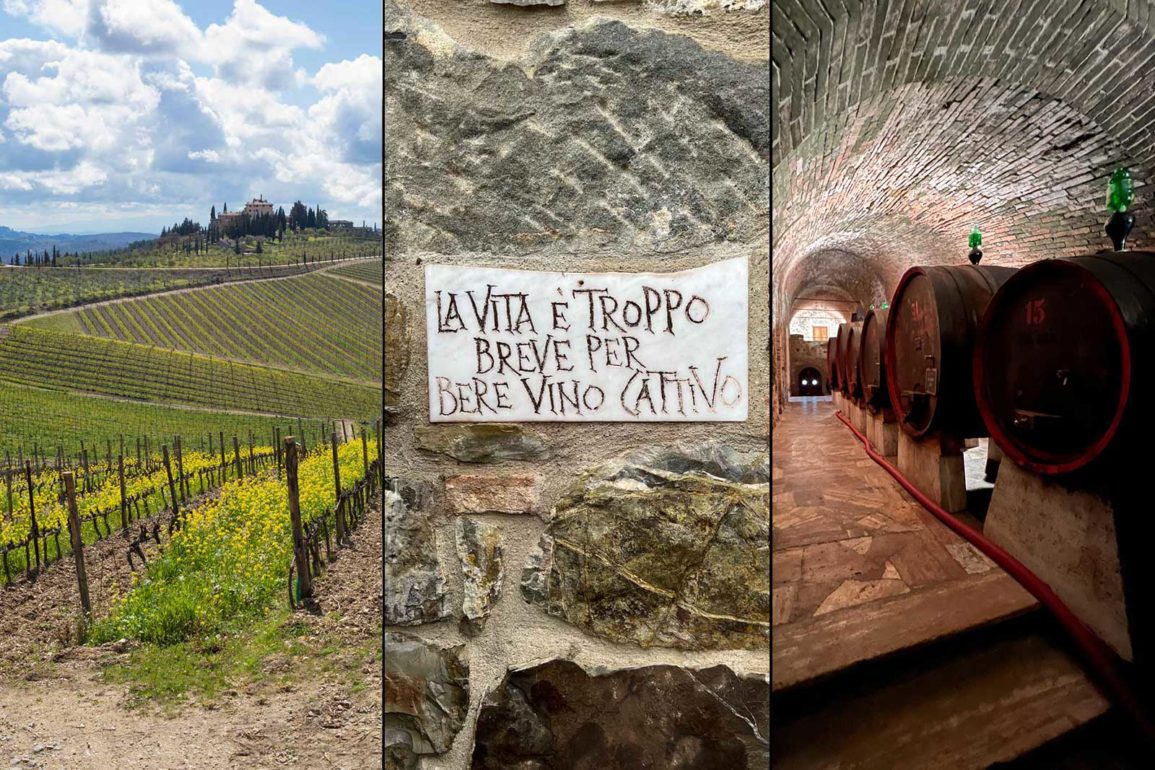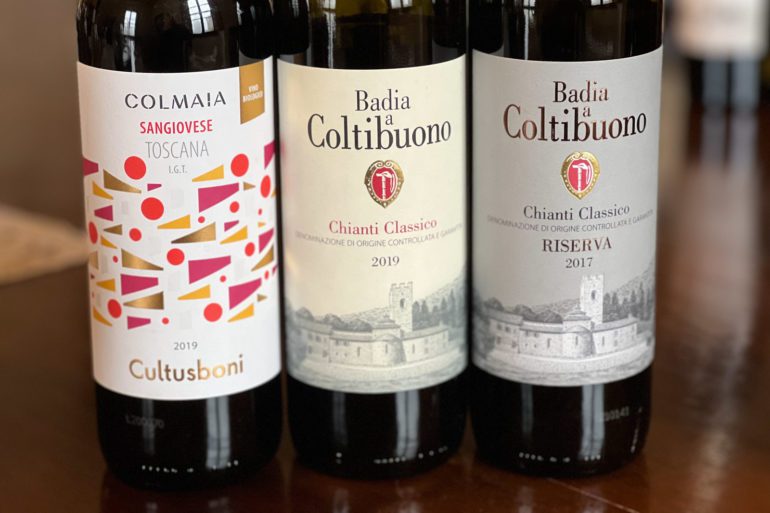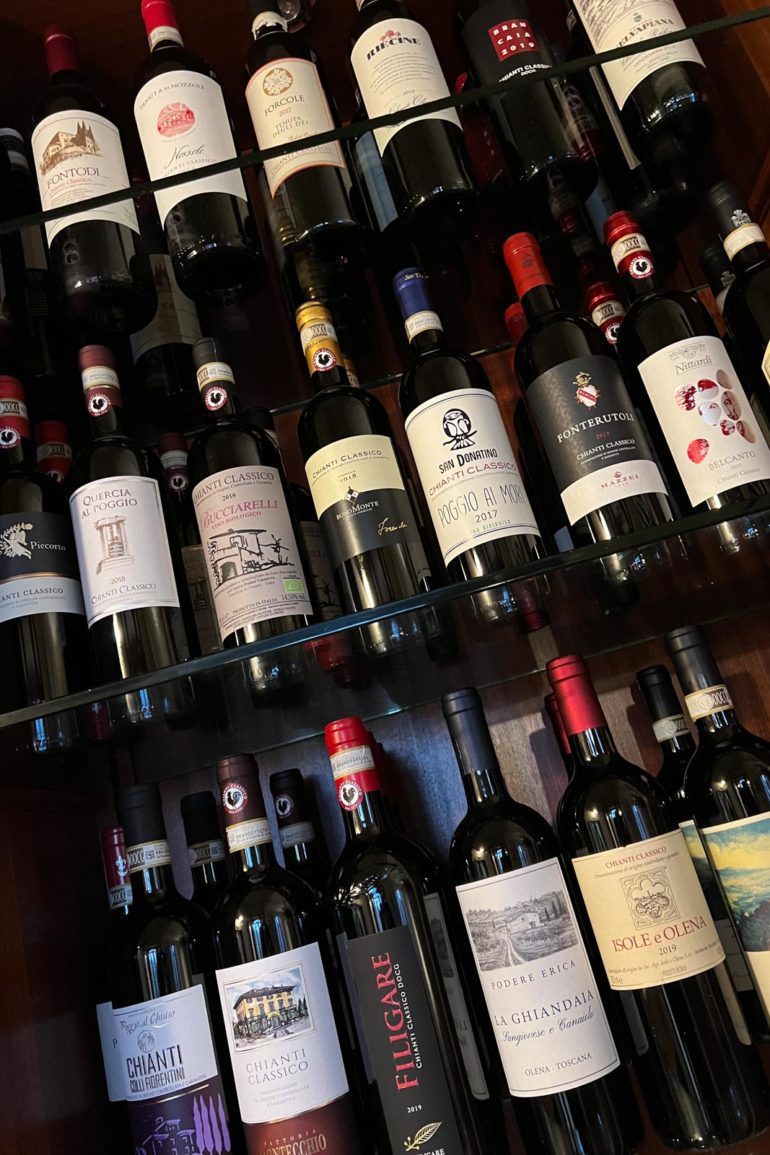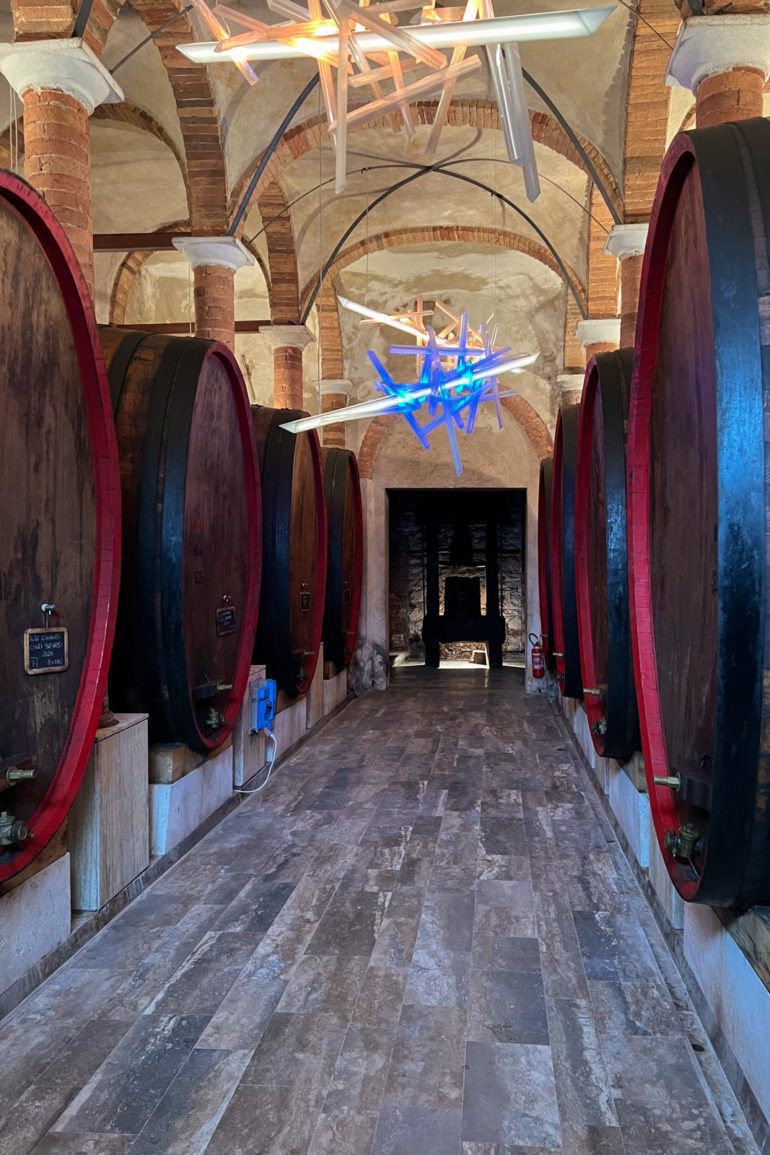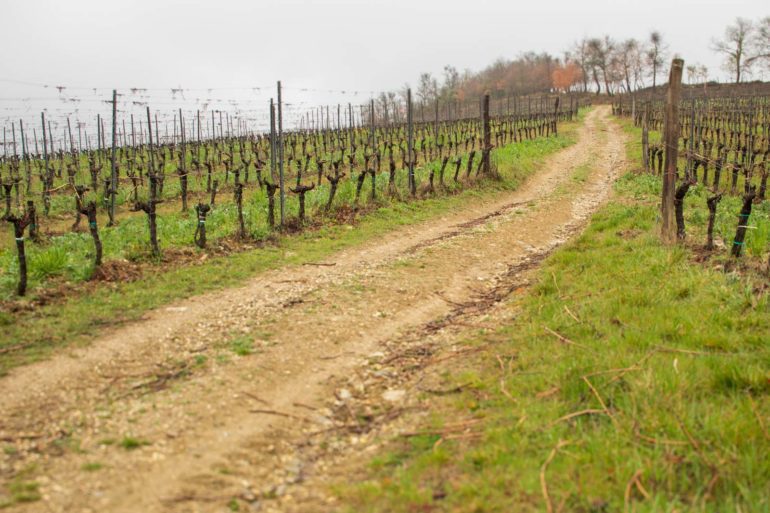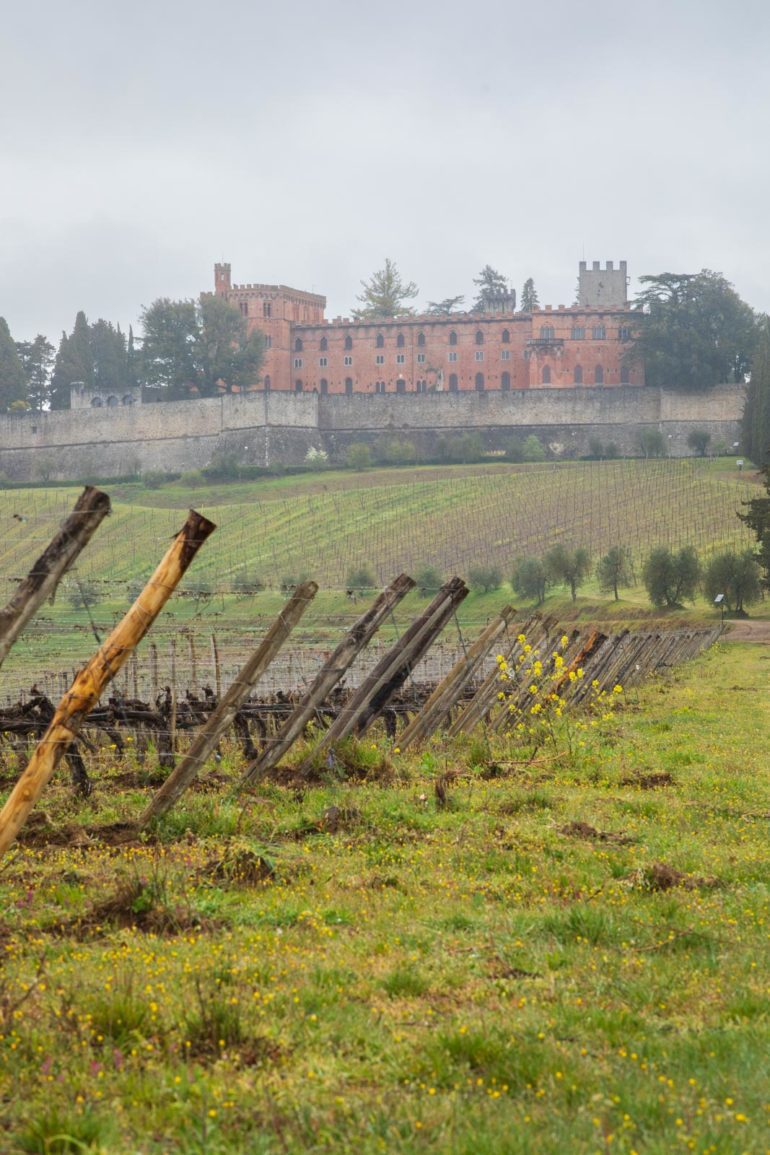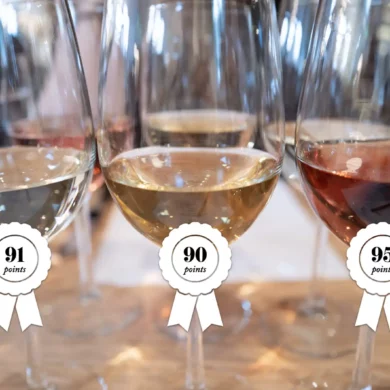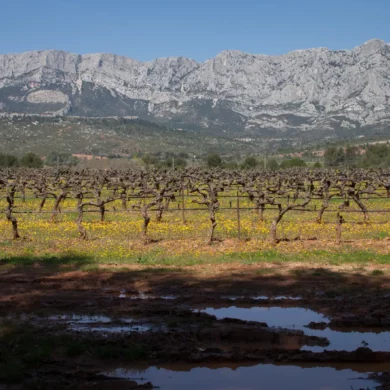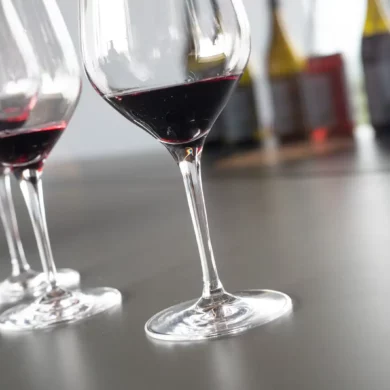Below you will find everything you need to know when shopping for Chianti Classico, one of Italy’s most celebrated and versatile red wines. As a companion, you can also enjoy our exclusive 90-minute class on Chianti Classico, entitled Chianti Classico for a New Era. Only paying subscribers to Opening a Bottle can access our live class.
The Buyers Guide that follows is best used when purchasing wines from Chianti Classico, and it serves as an easy companion to the class. I will update it regularly. I also recommend that you check out my new Tasting Report from the 2024 Chianti Classico Collection where I tasted 125 different wines and isolated the 25 best.
Why Chianti Classico
Chianti Classico is simultaneously Italy’s most recognizable wine but also one of its hardest to fully understand. That’s because it is a wine bound to ancient tradition that has somehow managed to adapt with the times throughout its history. Because of this, questions persist on what a true Chianti Classico ought to taste like. For instance, should it be a blend or a varietal Sangiovese? Should it be fresh and playful or serious and age-worthy?
The answer is, of course, that it is all of these things!
I have regularly traveled to Chianti Classico to try and figure it all out. What I come away with each time is a firm grasp of Chianti Classico’s potential, what makes it special, who is making extraordinary wines now, and where it is all headed. Exciting things are happening in Chianti Classico, and I am always eager to share the latest with you so you can better understand the diversity this place offers.
In the below class, I present maps, photos, videos with winemakers, and insights on the wines while we taste a Chianti Classico annata (labeled as just Chianti Classico), as well as a Chianti Classico Riserva or a Chianti Classico Gran Selezione.
To jump ahead to the Buyers Guide — including my comprehensive list of the top producers — navigate to it below the class.
Class Video: Chianti Classico for a New Era
To watch the class, enter the password CC2024 into the video player.
Decoding Chianti Classico
There are three categories of wine within the Chianti Classico DOCG, and they each correspond roughly to a continuum of aging and seriousness. I have broken down these differences in the First-Taste Guide to Chianti Classico.
There are a few things to know about this region when you are shopping:
- Chianti is not the same as Chianti Classico – For this class, you will want wines with the word “Classico” on the label. This indicates that it comes from the original zone of production for Chianti wines, a hilly and somewhat-mountainous region stretching from Florence to Siena. “Chianti” by itself or when appended to several subzones (e.g. Chianti Rufina and Chianti Colli Senesi) indicates a Sangiovese-based red wine from other zones in Tuscany. Those wines can be great, but for this class, we are focused on the wines of the Chianti Classico zone. Don’t worry: you have plenty of options.
- Look for the Gallo Nero – The emblem of Chianti Classico is a black rooster, and all of the DOCG’s wines have this feature displayed on the label as a mark of authenticity.
- Producers are at liberty to make wines within any of the categories – As I discussed at length in the First-Taste Guide as well as my article on the pursuit of terroir-specific wines in Chianti Classico, the region’s regulations are fairly open-ended, allowing producers to make individual decisions on which wines they want to make. Varietal and blended wines are allowed throughout, and oak aging is not mandated (only time in bottle is). The upshot is that some wineries make a wine for all three categories, and some limit their production to the first two categories. Some producers are steadfast that the Gran Selezione category isn’t for them (or they just don’t qualify for it). If you have a hard time finding a Gran Selezione, don’t sweat it. Oftentimes, the differences in the glass between a Gran Selezione and a Riserva are minimal.
I will be tasting one example from each of the following categories during the presentation (feel free to join in), and pausing for discussion and note-sharing with you all.
Chianti Classico
The freshest and easiest wine to drink is labeled as Chianti Classico and is referred to off-label as the annata wine, or annual wine. (Your local wine shop might not even know what you’re talking about if you say you want a Chianti Classico annata, so “entry-level” works for parlance as well).
These wines cost between $11–$30 depending on the producer, and they can represent some of the best values in all of Italy. It can even be the best wine at an estate — fresher, more precise and more enjoyable than the structured efforts at the Riserva and Gran Selezione level. But not always. Much of this comes down to personal preference.
For my top Chianti Classico picks from recent vintages, please refer to this subscriber-only Tasting Report to Chianti Classico.
Chianti Classico Riserva
Not long ago, this category was the “peak of the pyramid” in Chianti Classico, until producers banded together to create the Gran Selezione. The decision caused a bit of a stylistic divide, and refinements continue to be made to the product mix (I’ll go over all of this in the class).
Wines at the Riserva level cost between $25–$45 depending on the producer. These wines are more structured and can benefit from decanting (1 hour before the class, ideally). I think it is a mistake to refer to the Riserva wines as a “middle category.” In fact, my favorite Chianti Classico wines are all Riserva, not Gran Selezione.
For my top picks from recent vintages, please refer to this subscriber-only Tasting Report to Chianti Classico Riserva.
Chianti Classico Gran Selezione
Lastly, we come to the Gran Selezione category, where you can expect to pay $55–$85 depending on the producer. Is it worth it? That’s for you to decide ultimately, but I will tell you these three things about Gran Selezione to help inform whether you want to try them:
- Some of Chianti Classico’s top wines really are Gran Selezione – Frequently, this is where single-vineyard wines are showcased, so they are automatically more scarce and the handling of the fruit is more deliberate.
- They are sometimes more oaky – But not always! Oak is the big wildcard in Chianti Classico wines (heck, it is the big wildcard with anything Sangiovese). Oak aging is not mandated by a term, the time in bottle is. I have found that since this category was introduced, the region has toned down the oaky tones a bit.
- They are more Sangiovese-focused – The blending formula increases the mandatory amount for Sangiovese to 90%. In practice, most are 100% Sangiovese.
For my top picks from recent vintages, please refer to this Tasting Report to Chianti Classico Gran Selezione.
Top Producers
Below I have listed the best producers in my opinion, organized by UGA/village where they reside. Those UGAs are sorted alphabetically, not geographically. The lightest wines typically come from Lamole, with Radda and Montefioralle a close second and third. The most potent and fleshiest wines come from Castelnuovo Berardenga. All other villages are stylistically in a middle ground with significant fluctuation depending on the estate:
- Castellina in Chianti UGA
- Piemaggio
- Nittardi
- Fattoria Rodáno
- Fattoria Pomona
- Castagnoli
- Tenuta di Lilliano
- Castellare di Castellina
- Bindi Sergardi
- Castelnuovo Berardenga UGA
- Castell’in Villa
- Carpineta Fontalpino
- Villa di Geggiano
- Toliani
- Gaiole UGA
- Badia a Coltibuono (also look for their brand Coltisboni)
- Rocca di Montegrossi
- Ricasoli 1141
- Riecine
- Greve UGA
- Montefili
- Lamole UGA
- I Fabbri
- Montefioralle UGA
- Panzano UGA
- Fontodi
- Le Cinciole
- Radda UGA
- San Casciano UGA
- Montesecondo
- Cigliano di Sopra
- San Donato in Poggio UGA
- Castello di Monsanto
- Isola e Olena
- Vagliagli UGA
- Dievole
Chianti Classico for a New Era
Questions?
As always, if you are planning to attend but have any questions, contact me directly at info@openingabottle.com and I will try to answer your query in a timely manner.
